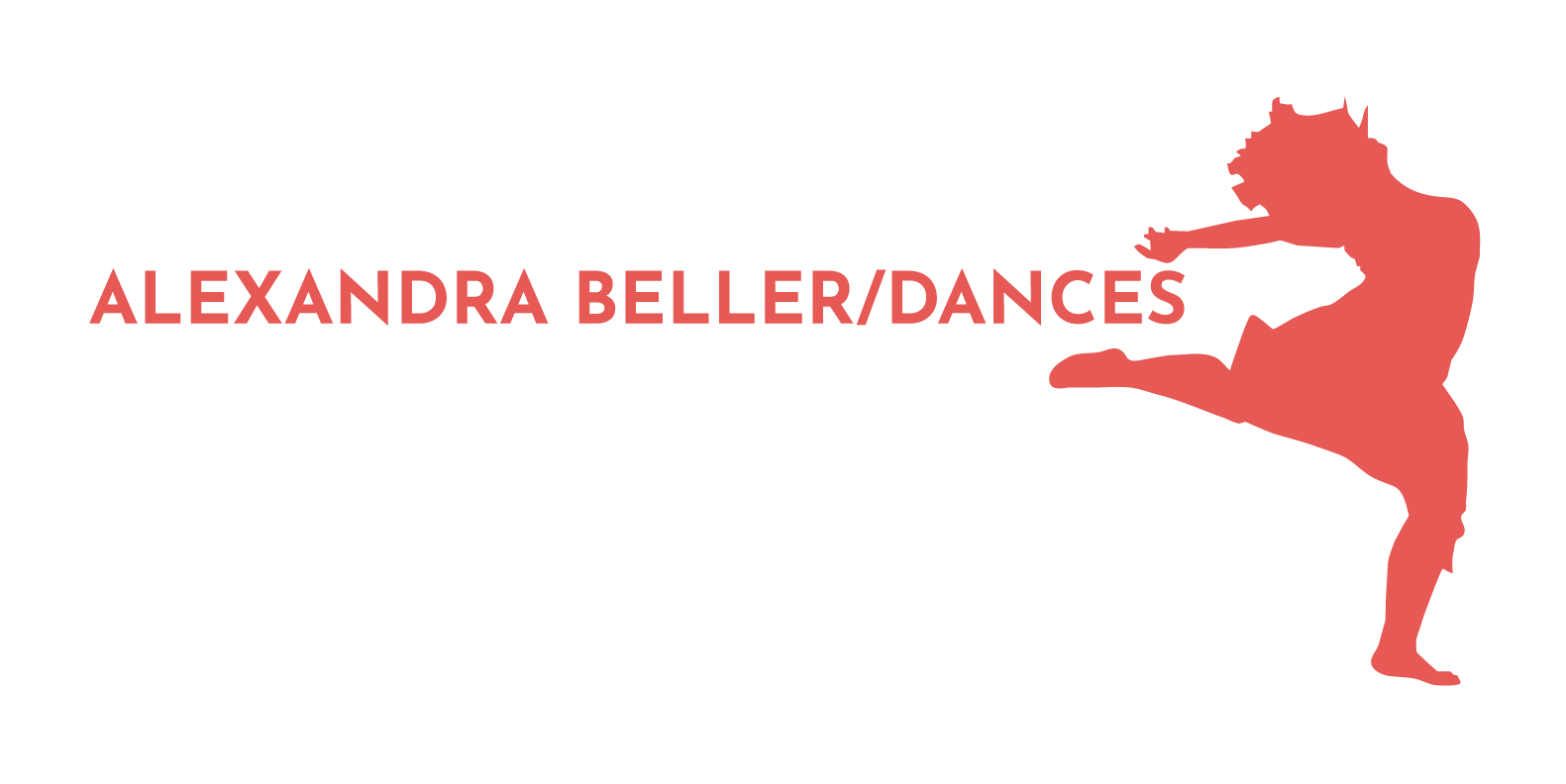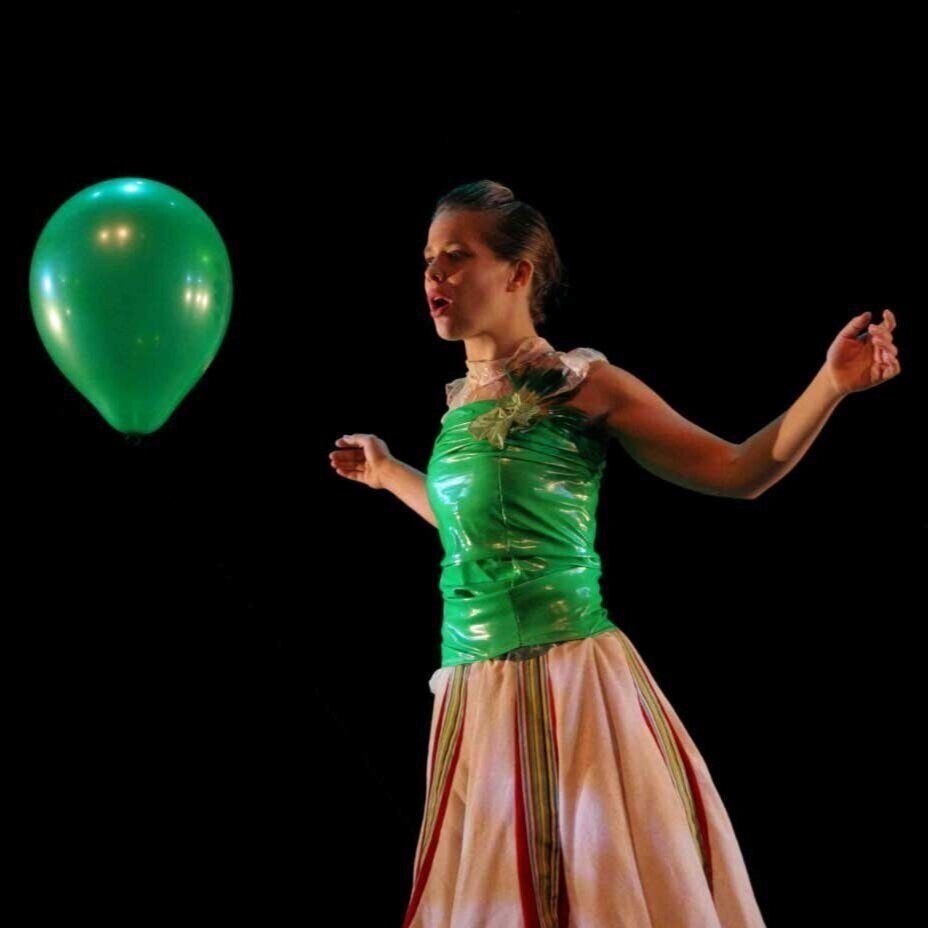The Anatomy of Art: Unlocking the Creative Process for Theater and Dance
Coming May 2026 from Bloomsbury!
A book about the Creative Process by Alexandra Beller.
"An inspirational, thorough and practical art making/dance making guide and dive into creative process that is thoroughly readable, non dogmatic and uniquely personal."
— Megan Williams, Choreographer, Performer, Educator (former Mark Morris Dance Group) (NYC)
The Anatomy of Art is a field guide for artists who make, teach, mentor, or question. Part poetic meditation and part practical workbook, the book offers twelve interconnected chapters—Time, Space, Meaning, Relationship, Process, Material, and more—each exploring a distinct element of creative life. Every chapter includes a score to provoke new artistic inquiry, embodiment exercises that reconnect the maker to their sensory intelligence, and devising practices that can be used in solo, group, or classroom contexts.
This is not a how-to manual, nor is it a philosophical abstraction. Instead, The Anatomy of Art lives at the intersection of instinct and analysis, offering rigorous yet expansive tools to help artists locate their personal voice, clarify their values, and unearth the deeper stakes of their work. Written by a choreographer, teacher, and lifelong maker, the book holds space for both the mystery and the mechanics of art-making.
Featuring contributions from seminal voices such as Anne Bogart, Deborah Hay, and Okwui Okpokwasili, the book folds in perspectives from across disciplines and generations. It offers frameworks without rigidity, expertise without hierarchy, and a call to trust the tension between what you know and what you are still learning.
Whether you are a student beginning your journey, a teacher hungry for new structures, or an artist in mid-career asking deeper questions of your work, The Anatomy of Art meets you where you are—with tools to go further.
Introduction
The introduction to The Anatomy of Art establishes the book’s dual purpose as both a poetic invitation and a practical companion for artists seeking clarity, range, and freedom in their creative lives. It articulates the central premise that art-making is not just an expressive act but a rigorous, ongoing negotiation between instinct and analysis, presence and structure, desire and discipline. Drawing from decades of experience in dance, theater, somatics, and pedagogy, the author grounds the text in personal narrative while offering a framework that honors specificity without prescribing a single path. The introduction orients the reader to the book’s structure—twelve interrelated chapters, each exploring a different element of the creative process—and positions the reader as both a student and author of their own artistry. Ultimately, it extends a radical invitation: to think more clearly, choose more consciously, and create more authentically, not by abandoning mystery but by deepening into it.
By entering your email below, you are only receiving the free download. To join the mailing list and receive future material, you can click “Sign up for news and updates” as well.
Score: Process
This score invites the artist to confront, subvert, and deepen their own patterns. By illuminating the dance between instinct and analysis, it proposes habit not as a cage but as scaffolding—something that can support invention or require dismantling. You’ll be asked to work in unfamiliar conditions, invert your usual creative rhythm, and embrace discomfort as a fertile source of innovation. Like all scores in The Anatomy of Art, it’s not about finding the “right” choice, but about letting a structure hold you just long enough to surprise yourself. This one is perfect for artists ready to shift the ground beneath their feet—playfully, rigorously, or both.
By entering your email below, you are only receiving the free download. To join the mailing list and receive future material, you can click “Sign up for news and updates” as well.
Excerpt: Professional Advice – Connection
In each chapter of The Anatomy of Art, the “Professional Advice” section pulls back the curtain on the lived experience of being an artist. Less about giving answers and more about naming what it’s really like, these entries blend field wisdom, anecdotes, and personal perspective to explore what it takes to keep going—and keep growing—in a creative life.
In this excerpt from the chapter on Relationship, the focus is on connection: how artists sustain one another through networks of care, attention, and witness. Drawing on conversations with more than twenty artists across disciplines and stages of life, this piece asks what it means to make work in communion with others. It’s about artistic ecology, not individual genius—about how collaboration, mutual aid, and being seen can be as essential as rehearsal time or technique. If you’ve ever felt isolated in your practice or longed for a more connected creative life, this short essay might be exactly what you need.
By entering your email below, you are only receiving the free download. To join the mailing list and receive future material, you can click “Sign up for news and updates” as well.
"It is NOT an instruction manual or one-size-fits-all solution... It IS a multi-purpose, multi-perspective catalyst, disrupter, bridge, lifeline."
— Sophie Allen, Creator, performer, Certified Teacher: Countertechnique (Chicago)
Each chapter contains:
A deep-dive essay exploring the theme from multiple angles.
10 practical tools to integrate the chapter’s ideas into your creative process.
A personal story from Alexandra’s artistic life that grounds the theme in lived experience.
A short piece of professional advice drawn from years of making, teaching, and mentoring.
An embodiment exercise to reconnect the reader with physical and sensory intelligence.
A devising exercise to generate new material through structured experimentation.
A studio score to guide in-the-moment creative exploration.
A contribution from a seminal voice in the field—thinkers and makers like Anne Bogart, Okwui Okpokwasili, and Deborah Hay.
50–80 questions to support reflection, creation, and revision.
A curated webpage of viewing recommendations.
A curated webpage of further reading and research resources.
Table of Contents:
Introduction
Laban/Bartenieff, an Overview (with controbution by Barbara Adrian)
Time (with contribution by Anne Bogart)
Space (with contribution by Ann Hamilton, pending)
Meaning (with contribution by Katherine Profeta)
Relationship (with contribution by Liz Lerman, pending)
Environment (with contribution by Kelly Bartnik)
Process (with contribution by Janet Wong)
Facts (with contribution by Deborah Hay)
Faith (with contribution by Okwui Okpakwasili)
Material (with contribution by Susan Rethorst)
Communication (with contribution by David Dorfman, pending )
Context and Culture (with contribution by Brenda Dixon-Gottschild)
Priorities (with contribution by Kate Hamill, pending)
"It holds your hand, asks you to be brave, asks you to open your mind and heart... It is both philosophical and pragmatic."
— Tiana Hemlock, Artist, Performer, Certified Teacher: Klein Technique (Amsterdam)




